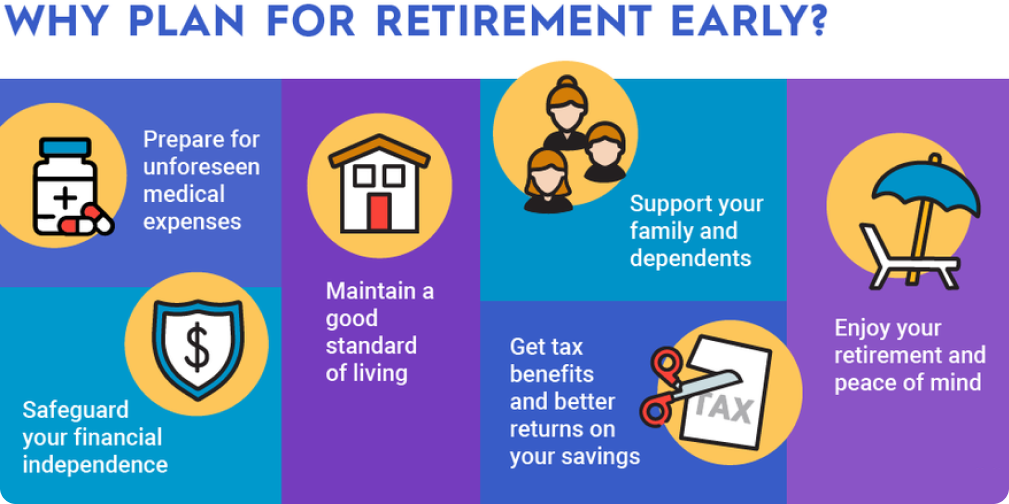“Profit Masters Academy was a key player in maximizing my crypto profits. The broker they connected me with knew exactly when to enter and exit trades. I couldn't be happier!"
How to Invest Money: Getting Started With Investing
First of all, congratulations! Investing your money is the most reliable way to build wealth over time.
If you’re a first-time investor, we’re here to help you get started. It’s time to make your money work
for you.
Before you put your hard-earned cash into an investment vehicle, you’ll need a basic understanding of
how to invest your money the right way. However, there's no one-size-fits-all answer here. The best way
to invest your money is whichever way works best for you. To figure that out, you’ll want to consider
your investing style, your budget, and your risk tolerance.
1. Your style
How much time do you want to put into investing your money?
The investing world has two major camps when it comes to the ways to invest money: active investing and passive investing. We believe both styles have merit, as long as you focus on the long term and aren't just looking for short-term gains. But your lifestyle, budget, risk tolerance, and interests might give you a preference for one type.
Active investing means taking time to research investments yourself and constructing and maintaining your portfolio on your own. If you plan to buy and sell individual stocks through an online broker, you're planning to be an active investor. To successfully be an active investor, you'll need three things:
- Time: Active investing requires lots of homework. You'll need to research investment opportunities, conduct some basic analysis, and keep up with your investments after you buy them.
- Knowledge: All the time in the world won't help if you don't know how to analyze investments and properly research stocks. You should at least be familiar with some of the basics of how to analyze stocks before you invest in them.
- Desire: Many people simply don't want to spend hours on their investments. And since passive investments have historically produced strong returns, there's absolutely nothing wrong with this approach. Active investing certainly has the potential for superior returns, but you have to want to spend the time to get it right.
On the other hand, passive investing is the equivalent of putting an airplane on autopilot versus flying it manually. You'll still get good results over the long run, and the effort required is far less. In a nutshell, passive investing involves putting your money to work in investment vehicles where someone else is doing the hard work -- mutual fund investing is an example of this strategy. Or you could use a hybrid approach. For example, you could hire a financial or investment advisor -- or use a robo-advisor to construct and implement an investment strategy on your behalf.
2. Your budget
How much money do you have to invest?
You may think you need a large sum of money to start a portfolio, but you can begin investing with $100. We also have great ideas for investing $1,000. The amount of money you're starting with isn't the most important thing -- it's making sure you're financially ready to invest and that you're investing money frequently over time.
One important step to take before investing is to establish an emergency fund. This is cash set aside in a form that makes it available for quick withdrawal. All investments, whether stocks, mutual funds, or real estate, have some level of risk, and you never want to find yourself forced to divest (or sell) these investments in a time of need. The emergency fund is your safety net to avoid this.
Most financial planners suggest an ideal amount for an emergency fund is enough to cover six months' worth of expenses. While this is certainly a good target, you don't need this much set aside before you can invest -- the point is that you just don't want to have to sell your investments every time you get a flat tire or have some other unforeseen expense pop up.
It's also a smart idea to get rid of any high-interest debt (like credit cards) before starting to invest. Think of it this way -- the stock market has historically produced returns of 9%-10% annually over long periods. If you invest your money at these types of returns and simultaneously pay 16%, 18%, or higher APRs to your creditors, you're putting yourself in a position to lose money over the long run.
3. Your risk tolerance
How much financial risk are you willing to take?
Not all investments are successful. Each type of investment has its own level of risk -- but this risk is often correlated with returns. It’s important to find a balance between maximizing the returns on your money and finding a risk level you are comfortable with. For example, bonds offer predictable returns with very low risk, but they also yield relatively low returns of around 2-3%. By contrast, stock returns can vary widely depending on the company and time frame, but the whole stock market on average returns almost 10% per year.
Even within the broad categories of stocks and bonds, there can be huge differences in risk. For example, a Treasury bond or AAA-rated corporate bond is a very low -risk investment, but these will likely have relatively low interest rates. Savings accounts represent an even lower risk, but offer a lower reward. On the other hand, a high-yield bond can produce greater income but will come with a greater risk of default. In the world of stocks, the difference in risk between blue-chip stocks like Apple (AAPL 0.75%) and penny stocks is enormous.
One good solution for beginners is using a robo-advisor to formulate an investment plan that meets your risk tolerance and financial goals. In a nutshell, a robo-advisor is a service offered by a brokerage that will construct and maintain a portfolio of stock- and bond-based index funds designed to maximize your return potential while keeping your risk level appropriate for your needs.
What should you invest your money in?
Here's the tough question, and unfortunately there isn't a perfect answer. The best type of investment depends on your investment goals. But based on the guidelines discussed above, you should be in a far better position to decide what you should invest in.
For example, if you have a relatively high risk tolerance, as well as the time and desire to research individual stocks (and to learn how to do it right), that could be the best way to go. If you have a low risk tolerance but want higher returns than you'd get from a savings account, bond investments (or bond funds) might be more appropriate.
If you're like most Americans and don't want to spend hours of your time on your portfolio, putting your money in passive investments like index funds or mutual funds can be the smart choice. And if you really want to take a hands-off approach, a robo-advisor could be right for you.
Top Stock Brokers for 2023


4.5 stars
SoFi has built a robust and valuable ecosystem to help manage your money in one place. SoFi Active Investing enhances that ecosystem with $0 stock commissions, crypto trading, and low account minimums.


4.5 stars
With no fees, access to trade fractional shares and cryptocurrency, among many other investment types, Robinhood's high-quality app trading platform is best suited for beginner investors wanting a solid place to invest on the go.


4.5 stars
Fidelity is one of the largest and one of the most well-rounded brokerages available in the U.S. today. Importantly, Fidelity offers $0 commissions for online stock and ETF trades, plus a high-quality mobile app that's good for both beginners and seasoned investors.
Where to invest $1,000 right now
Our mission is to promote the financial wellbeing of people worldwide through quality education and meaningful connections. We have already helped thousand to achieve financial freedom and counting.
We believe in treating every dollar as an investment in the future you want to create. We believe that investing in great opportunities, for the long term, is the most effective path to wealth.










